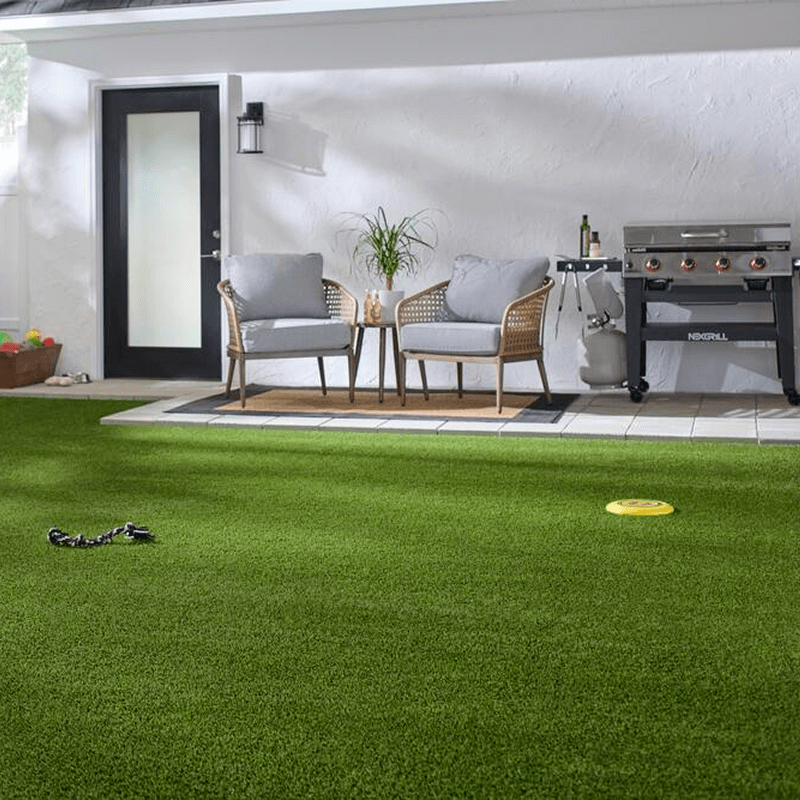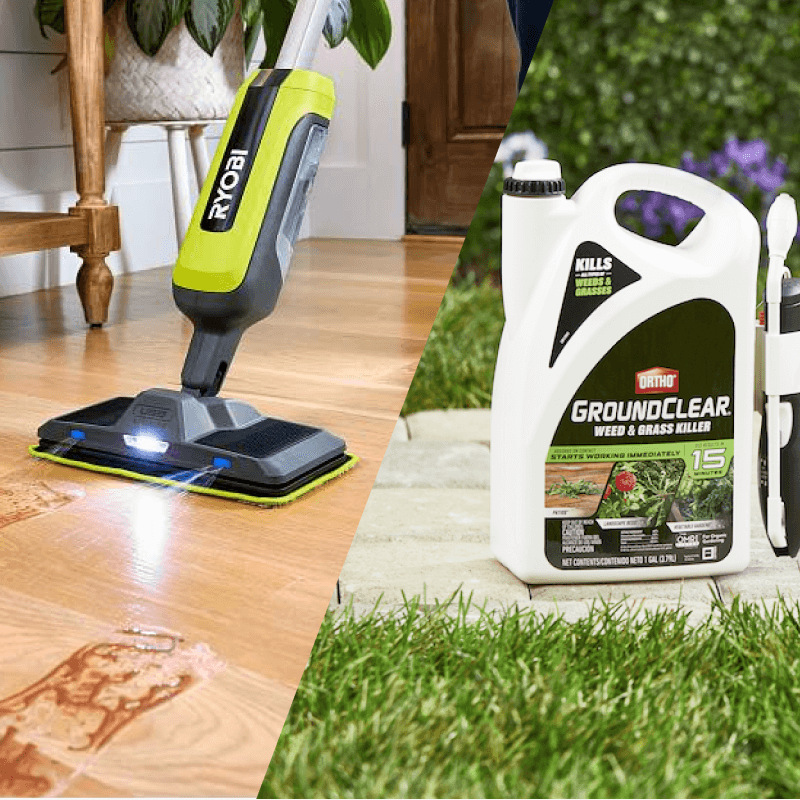Chicago isn’t called the Windy City for nothing. That’s why it comes as no surprise that the winter’s biggest villain to homeowners in the Upper Midwest is the dreaded draft—seeping through windows, doors and seemingly invisible cracks throughout the home.
Todd Marks, a Chicagoan who’s worked for 21 years as a sales associate, store manager and, now, a regional merchandising manager at The Home Depot, sees the same thing winter after winter—energy bills skyrocketing due improperly sealing one’s home.
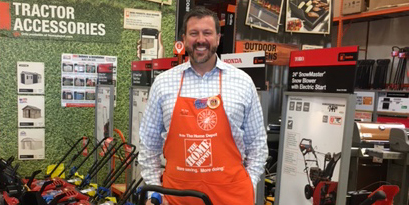
As Todd explains, plugging these leaks isn’t complicated – and it’s an important measure to take before winter arrives, lest your wallet starts to leak, too.
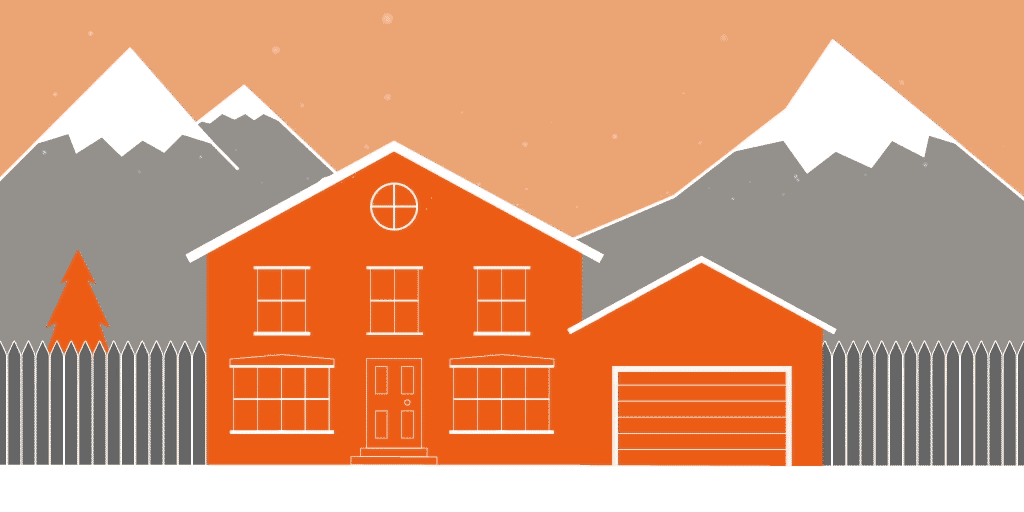
What are the weatherization must-haves that you see people returning to year after year?
The most common standby in Chicago-land is window film and weather-strip tape. It’s inexpensive and comes in a two-piece packet where the film and the two-sided tape just go right up. It provides a lot of extra insulation.
Loctite sealant is the up-and-comer. It’s an inexpensive, expandable foam that gets rid of gap leaks in doors, windows, walls and roofs. It comes in aerosol can and it’s a spongy foam that you can apply anywhere air could sneak through an uninsulated spot. You just press the button and go; the foam will expand into the cracks from there.
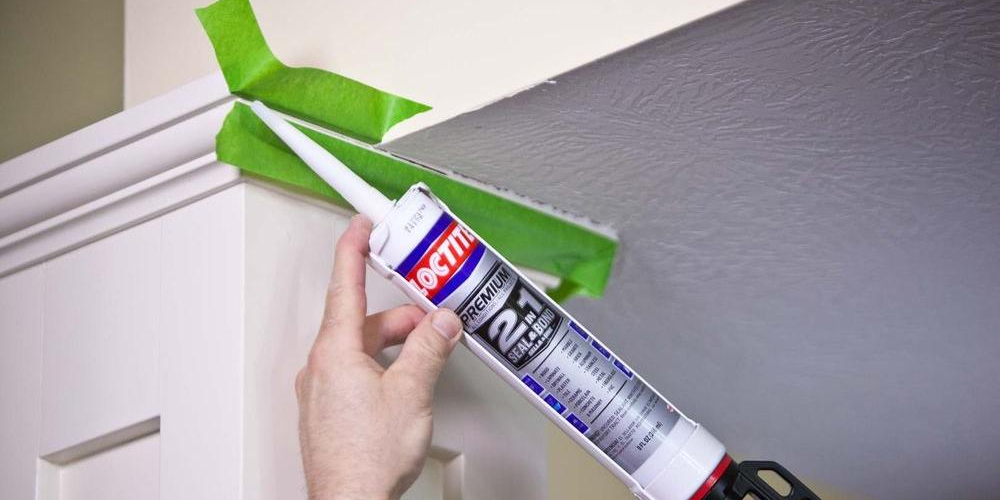
What else do you recommend for keeping warm?
Electrical tape is another good choice. Electric tape has been the trend as the temps have been dipping lower and lower for periods of time to where even well-insulated areas of the home pipes are bursting and causing thousands of dollars of damage.
Electric tape, made by Frost King, offers a solution for low voltage, medium sized pipes. It keeps that pipe slightly warm and provides it enough warmth where it doesn't have the opportunity to freeze.
If someone was trying to weatherize their home for the first time, what advice would you give them?
Obviously, the biggest one is sealing doors and windows. Even with doors that are only a year or two old, their insulation will start to wear around the perimeter due to use.
According to the Department of Energy, the average home has enough air leakage to add up to a two-foot square hole. That’s like leaving a medium-sized window open in your home 24 hours a day.
What about snow? Any tips for protecting your home?
My biggest advice is to make sure you’re stocked with the necessities in advance – that way you’re not left scrambling after a storm hits. Make sure you have a strong snow blower handy, like the cordless EGO Snow Blower. And don’t forget the little things, like a strong shovel, snow brushes and ice scrapers.

What are some of the tech innovations that stand out to you?
On the energy-saving side, there’s the programmable thermostat. It learns your behaviors and habits and knows when to increase or reduce the heat in this kind of season.
In the Chicago market, ComEd, our utility provider for electricity, provides a rebate as high as $150 depending on the which model you buy. They're really incentivizing you to get into sustainability.
Looking for more winter weather tips? See Tales of a West Cost Winter.



